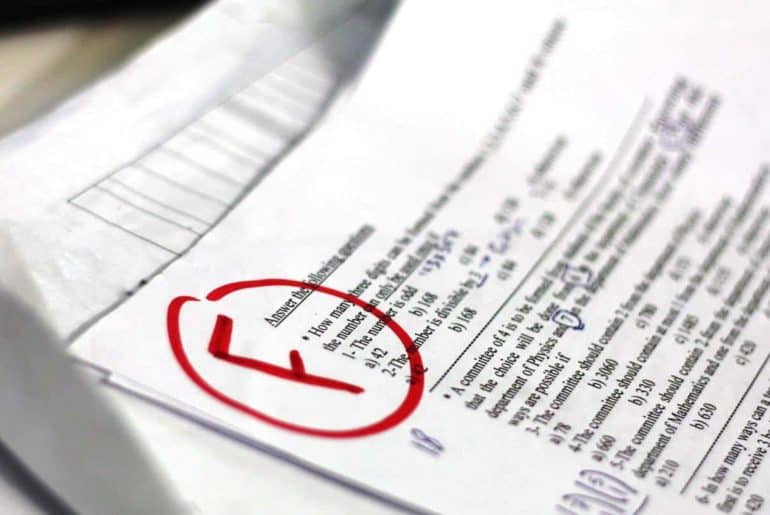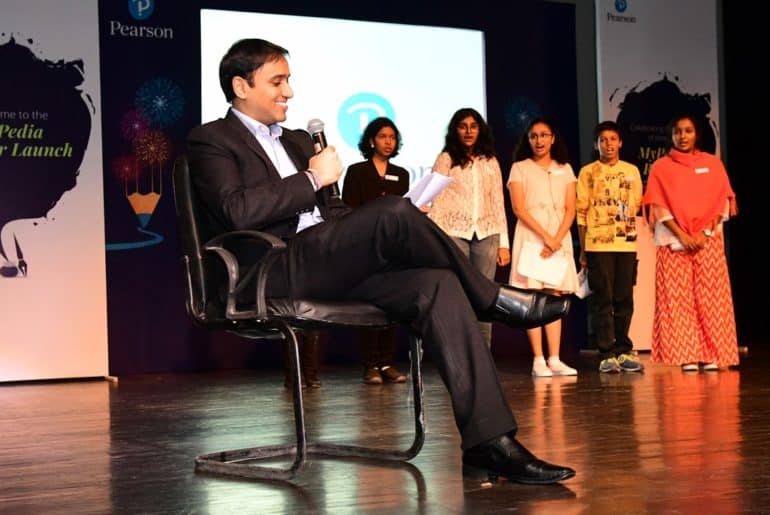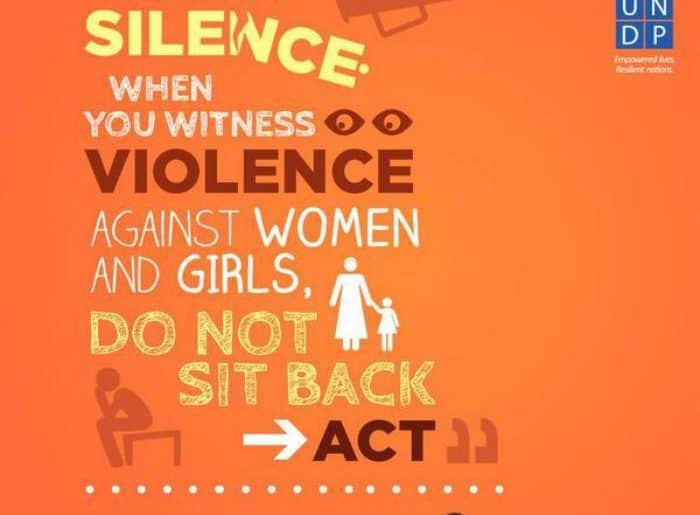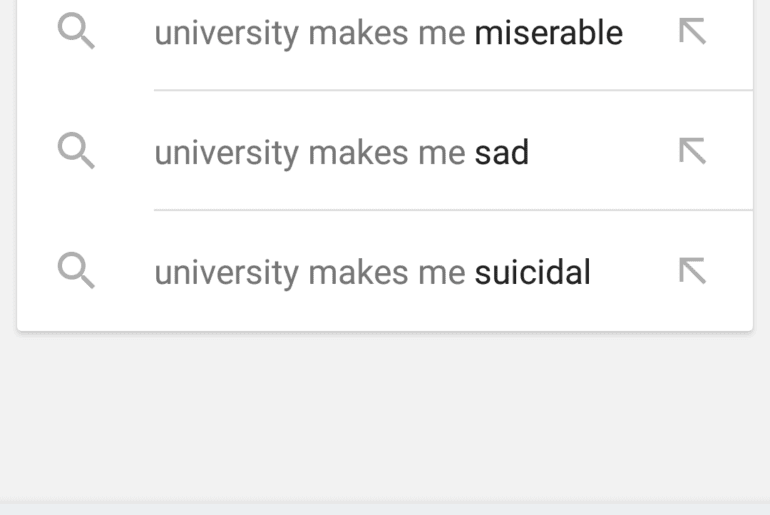The five tried-and-tested ways to ensure that the precious days between your examinations are best utilised.
It is always heartening when the exam schedule comes up and you find a lot of gaps in between the papers. Pledges are made at the very moment that this time, not an hour would be wasted. But come December and the pledges are all forgotten. New plans come up and studies are procrastinated for the last day, or more specifically, for the last night.
If you feel that your current schedule needs refining, read on the five following methods to ensure that this does not happen to you this time again.
1. Make your plan on your way home
So you’re done with today’s paper and it could have gone better. Your brain would tell you not to panic as you can study better for the next exam and make up for the previous sins. Here is your moment to act. Do not let the brain’s inspiration fade- take out a pen and a paper and make study plans for the next exam, over the gaps, at the very moment.
2. Wake up early on the first gap day
The first day of the extended gap sets the tune for the remaining days. So in place of binge-watching the night after the exam, understand that the battle is not over. Hit the bed early and wake up earlier on the first gap day. Go through the schedule and start.
3. All night is good, but not night-to-morning
One really can’t help studying till 1 or 2 in the night, or even if not studying, be fidgeting with the phone. Here is the trick- step out of your study mode with the very first wave of sleep, put an alarm for the 6th hour from then, and sleep. If you extend your awake time till 4 or 5 in the morning, you’re bound to spoil the next day.
4. Don’t overburden yourself
Understand your body’s limits. Do not make plans for 18 hours of study if you normally study for 3 hours. Take it easy and everything would work out just fine. Don’t give up on yourselves even if you aren’t able to stick to your schedule on the first day. After all, every new day is a new chance.
5. Don’t allow yourselves any new plans
Everyone has those friends who party, take trips, and hang out during the gaps and procrastinate for the last hour. Do not fall into their lure and stick to your plans. Understand how much your score would mean to you, your report card and your parents.
Feature Image- WikiHow
Nikhil Kumar
[email protected]













